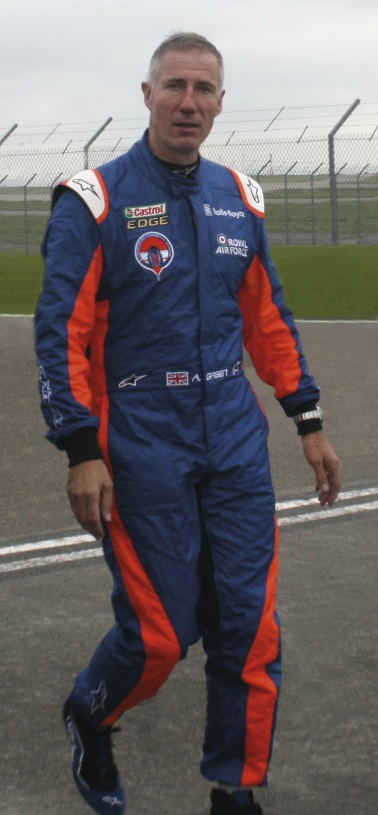1,000mph? Ultimate supercar for the most audacious World Land Speed Record challenge ever


If the notion of a car capable of 1,000mph seems abstract, even absurd, there are those who felt it may very well be feasible – and they received sufficient support in cash and kind to indicate that a great many others shared their faith. The man behind this audacious venture was Richard Noble, whose form in the speed-record arena has few equals. The car, initially named BloodhoundSSC, was to be propelled not only by a jet engine but a rocket too, so there would be no shortage of power.
Following delays that are commonplace in the speed-record game, the car turned its wheels in anger for the first time in October 2017. The somewhat unlikely setting was a runway at Cornwall Airport Newquay, a destination favoured by holidaymakers seeking the sunshine, surf and sandy beaches that this part of England is famous for. But it proved an ideal location for shake-down trials of the car that was surely the last word in automotive oomph.
For the Newquay tests, only the jet was used, but it was quite sufficient to cause a stir, as it was the same engine that powers the Eurofighter Typhoon multirole fighter aircraft and develops the equivalent of 54,000 horsepower, or the combined output of 360 typical family cars. Bloodhound ran with rubber tyres fitted, as one might expect on a runway, whereas specially-developed steel rims would be essential for the intended venue for the record attempt, the mud and salt Hakskeenpan in the north-western corner of South Africa, in the vast Kalahari Desert, where ten-mile-long courses painstakingly prepared awaited history-in-the-making.
Although the car was built from a variety of materials, almost all of the front half is made from carbonfibre. A peak speed of 210 mph was recorded at Newquay, in under eight seconds from a standing start. This surpassed expectations and showed that the car's design was spot-on at 'low speed'.
In spite of this encouraging test, the difficulties were profound. The company behind the Bloodhound project endured innumerable setbacks in pursuit of its goal, and even reached the point of Dissolution following several unfruitful weeks in Administration, until a wealthy Yorkshire businessman stepped in to save the day – rebranding the project as BloodhoundLSR and switching the car's colour scheme from blue and orange to white and red – while Noble himself stepped aside. And the resurrection proved successful. The British squad finally got to Hakskeenpan at the end of 2019 and methodically worked the car up to ever-higher speeds. On the final test-run of what turned out to be its only South African sojourn, on 19th November – running just after dawn, when conditions would be at their most favourable, with temperatures cool and barely a breath of wind – a speed of 628 mph (1,010 kph) was attained. More trials were set to follow in 2020, when the rocket engine would make its contribution to the incendiary display, at which point the car's full capability would be become clearer.
But then came the global coronavirus pandemic, and with it a period of hibernation for the project, followed by capitulation when it became evident that insufficient cash sponsorship could be found to progress to the next stage.
If they had ultimately triumphed, the World Land Speed Record would have been pushed beyond the reach of any other country for generations to come – and the seemingly impossible would have become fact. As it is, Britain holds the record in any case, and wresting it away may very well prove beyond the ability of any other nation.
Both photos on this page were taken by Quicksilver Corporate Club member David Isaac. David was one of many Quicksilver supporters who travelled to Newquay to be part of the 3,500-strong crowd that gathered to witness the test runs and cheer-on the Bloodhound team.
For more information visit www.bloodhoundlsr.com
Images © David Isaac

